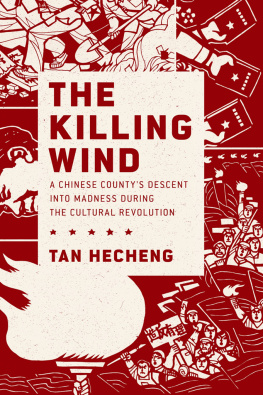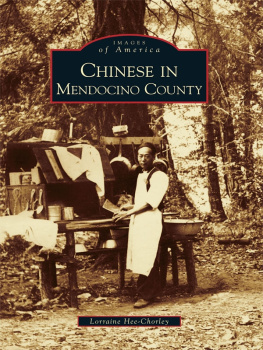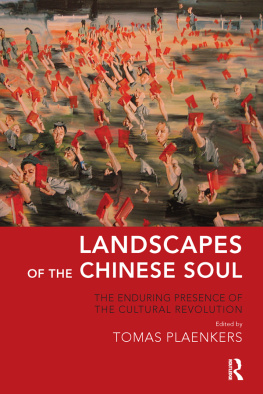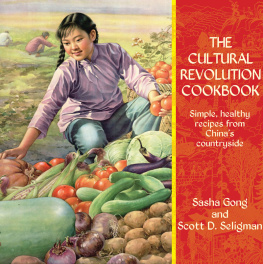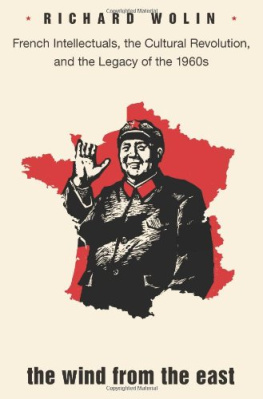The Killing Wind
1.;
2.
3.
4.
5.
6.
7.;
8.
9.
10.
11.
12.&
13.
14.
15.
16.|
17.

Oxford University Press is a department of the University of Oxford. It furthers the Universitys objective of excellence in research, scholarship, and education by publishing worldwide. Oxford is a registered trade mark of Oxford University Press in the UK and certain other countries.
Published in the United States of America by Oxford University Press
198 Madison Avenue, New York, NY 10016, United States of America.
Tan Hecheng 2017
All rights reserved. No part of this publication may be reproduced, stored in a retrieval system, or transmitted, in any form or by any means, without the prior permission in writing of Oxford University Press, or as expressly permitted by law, by license, or under terms agreed with the appropriate reproduction rights organization. Inquiries concerning reproduction outside the scope of the above should be sent to the Rights Department, Oxford University Press, at the address above.
You must not circulate this work in any other form and you must impose this same condition on any acquirer.
Library of Congress Cataloging-in-Publication Data
Names: Tan, Hecheng, 1949 author. | Mosher, Stacy, translator. | Guo, Jian, translator.
Title: The killing wind: a Chinese countys descent into madness during the cultural revolution / by Tan Hecheng; translated by Stacy Mosher and Guo Jian.
Other titles: Xue de shen hua. English | Chinese countys descent into madness during the cultural revolution
Description: New York, NY: Oxford University Press, [2017]
Identifiers: LCCN 2016016713 (print) | LCCN 2016031266 (ebook) | ISBN 9780190622527 (hardcover: alk. paper) | ISBN 9780190622534 (E-book) | ISBN 9780190622541 (E-book)
Subjects: LCSH: ChinaHistoryCultural Revolution, 19661976. | Political violenceChinaDao XianHistory. | Dao Xian (China)History20th century.
Classification: LCC DS778.7.T35513 2017 (print) | LCC DS778.7 (ebook) | DDC 951.2/15dc23
LC record available at https://lccn.loc.gov/2016016713
CONTENTS
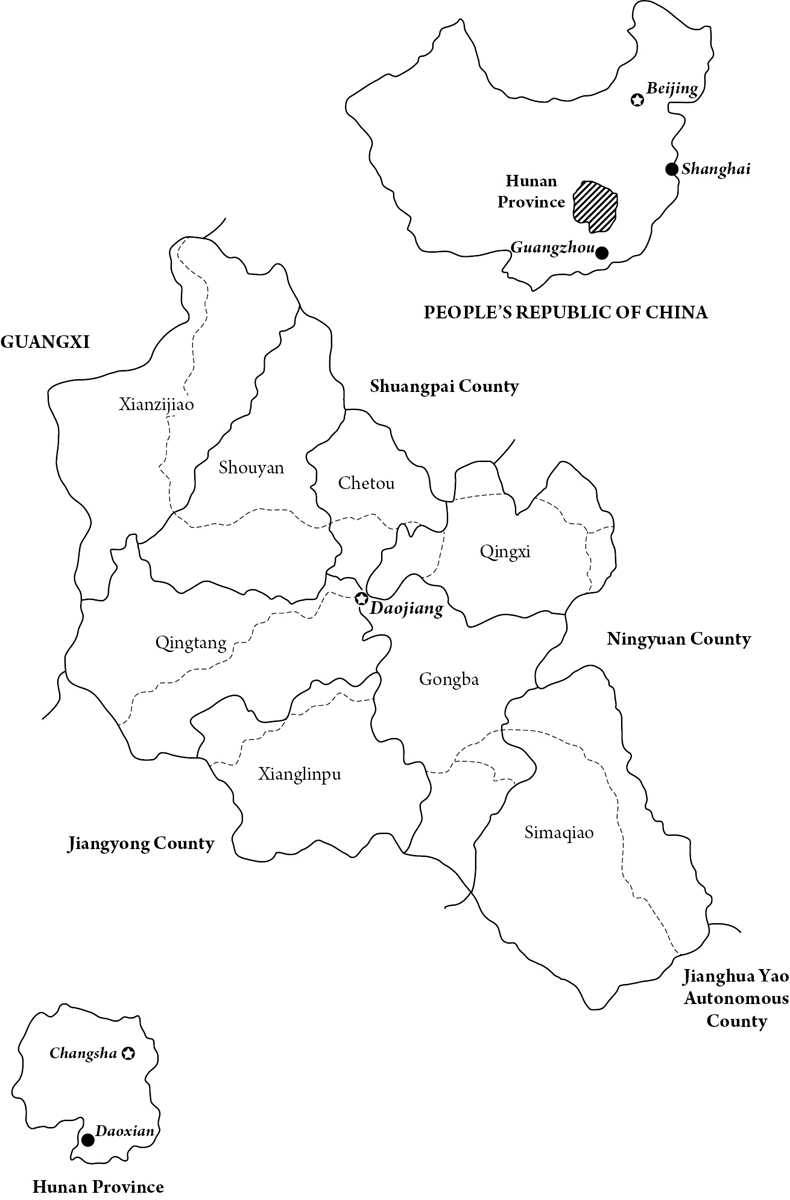
Daoxian at the time of the Task Force investigation
Ive never written a foreword or the like for anyone elses book, primarily because I lack the requisite fame and heft; Im merely an ordinary reader and journalist. Nevertheless, when Tan Hechengs work of historical journalism was set before me, I decided to break with precedent and write this foreword in recognition of a fellow speaker and seeker of truth. I know very well what it is to undertake this kind of journalistic inquiry in mainland China, and the risk and political pressure it entails. It is the tragedy of our age that those expressing common sense and truth are regarded as outliers or hailed as especially courageous, and that any intention to seek and tell the truth requires preparing for all sorts of contingencies.
The first draft of this book was written in 1986, when a work assignment gave Tan Hecheng access to a large quantity of classified documents relating to the mass killings in Hunans Dao County (Daoxian) and surrounding counties and cities in 1967, about 15 months into the Cultural Revolution. In compiling these records, Tan took a heavy cross upon himself, and his life entered a new trajectory. The author subsequently made repeated visits to Daoxian to interview sources in order to verify, correct, and supplement his first draft. The current draft, completed in 2007 on the eve of the 40th anniversary of the massacre, represents in some respects a qualitative leap from the original version. Over the past 20-odd years, the author has made every effort to publish the facts of this horrific event in hopes of stirring reflection among Chinas people. Let me say in passing that most of the information currently circulating in China and abroad regarding this massacre is the result of Tans reporting and is only the tip of the iceberg; a much more detailed and in-depth exploration is presented in this book.
This work of historical journalism uses authentic documents and evidence to let the facts speak for themselves. Although Tan Hecheng has no formal training in social sciences, his research methods fully conform to the basic requirements of modern socio-scientific research. He collected nearly 400 documents totaling millions of words and interviewed nearly every key individual who agreed to speak with him. This cushion of information has allowed him to assemble a clear-cut and almost seamless narrative. He used this large quantity of valuable primary sources and his own experiences during the Cultural Revolution to assemble this secret history, taking the reader back to the 1960s to consider how a nation with such a long civilization and history descended into madness and barbarity.
In the Daoxian massacre, more than 9,000 innocent people lost their lives in horrific violence that the author categorizes into ten main killing methods, blood chilling even in the abstract. Even more dreadful, however, is the slaughter of conscience and humanity. My profession has brought me in frequent contact with humanitys weaknesses and societys black holes, but even I was shocked by what I read here. Some details are almost unbearable to read, all the more so as they issue unfiltered from the direct participants. The author has ripped away the carefully placed bandage from this running sore in our peoples history and has dissected its cancerous core to probe the essence of the Great Revolution. How and why the Daoxian massacre occurred is a theme explored throughout this book. The roots are deep, but their tendrils are evident everywhere. The bulk of historical material shows that the Daoxian massacre was not an extreme or chance occurrence triggered by a spontaneous incident or by any individual or group. Many killings of varying degrees of similarity occurred throughout China during the Cultural Revolution. In the capital city of Beijing alone, during the Red August of 1966, Red Guard militants killed 1,772 people, a full year earlier than the Daoxian killings, and under similarly horrific circumstances. Our generation should not leave it to posterity to expose these incidents, or dupe future generations by obliterating all memory of them.
Mr. Zhu Houze once told me: A nation that loses its memory is a nation of fools; a party that forgets history can only be a fatuous party; a regime that intentionally obliterates historical memory is an extremely dubious regime; a country that deliberately and thoroughly imposes amnesia is one that instills dread in the human heart. By triggering memory, this book serves as a touchstone, and its fate in China will explicitly reveal the condition of our country and our people.
This book is all the richer in its implications for the complex ecosystem that emerges from its many survivor testimonies. The book richly details the actions and circumstances not only of the victims but also of the killers, as well as others who were implicated in the incident. This multifaceted portrayal provides readers with a comprehensive understanding of the tragedy, and future researchers with invaluable material.

